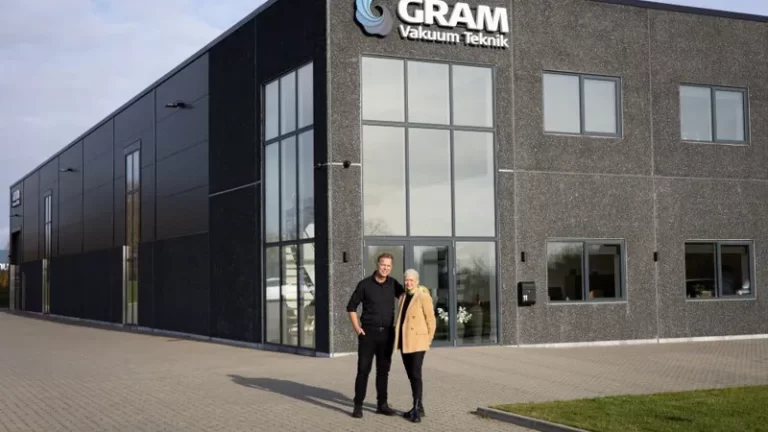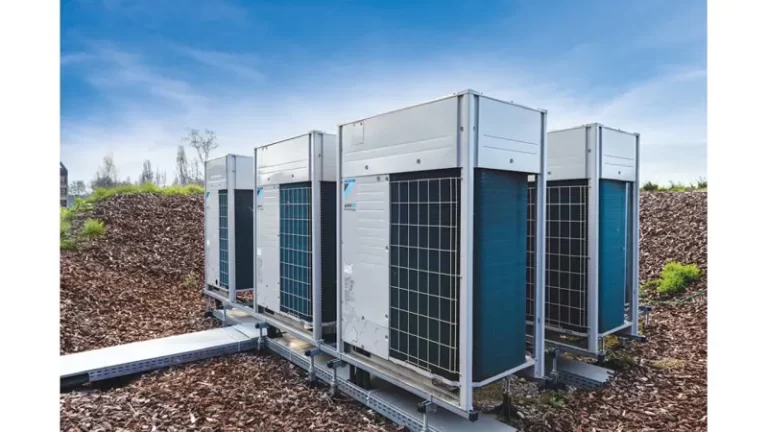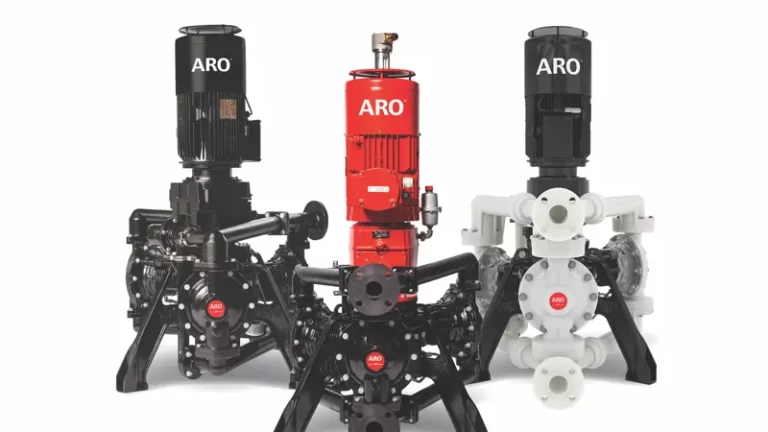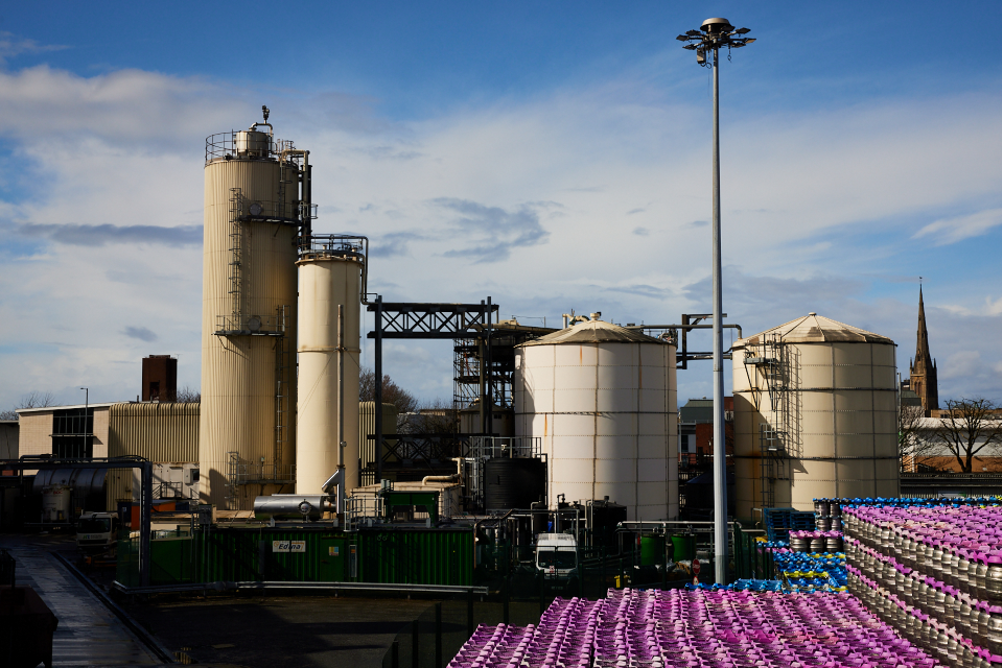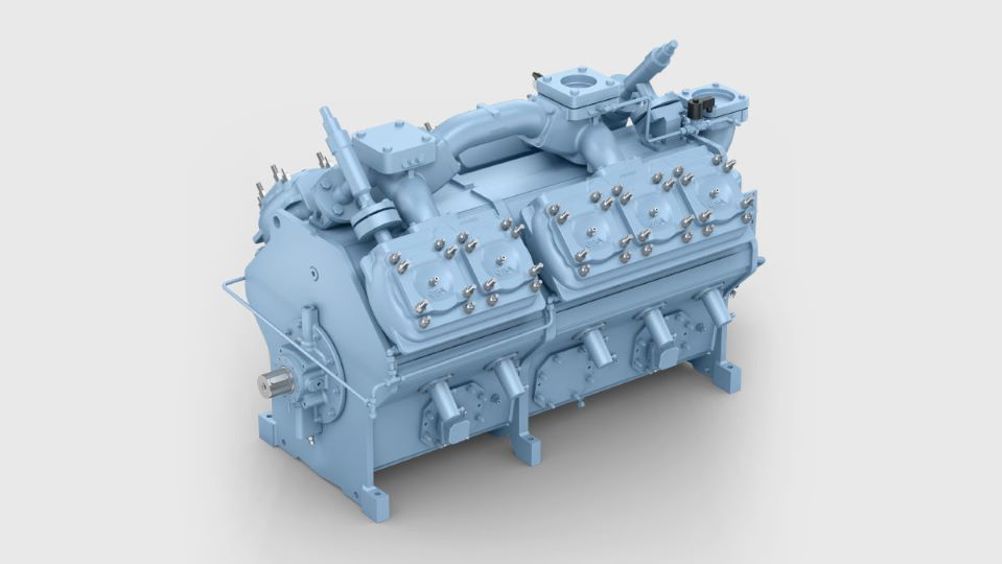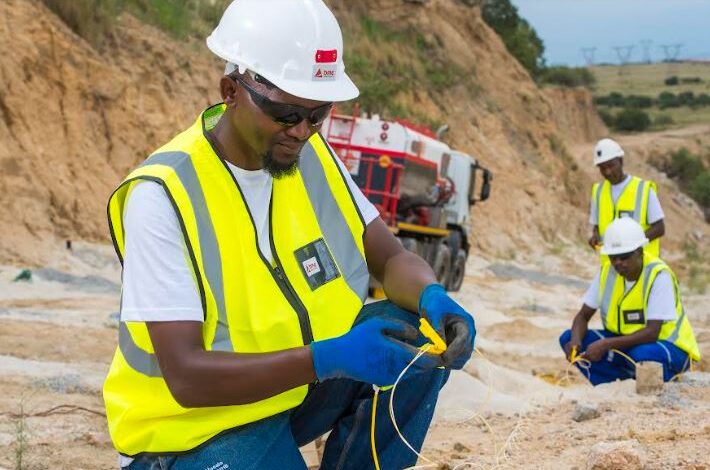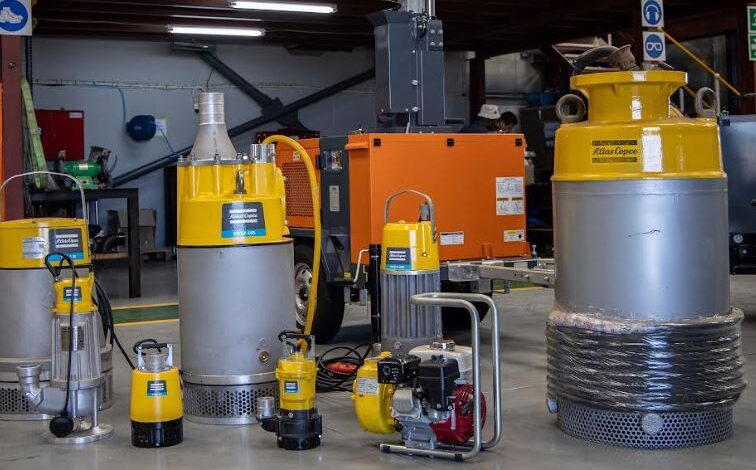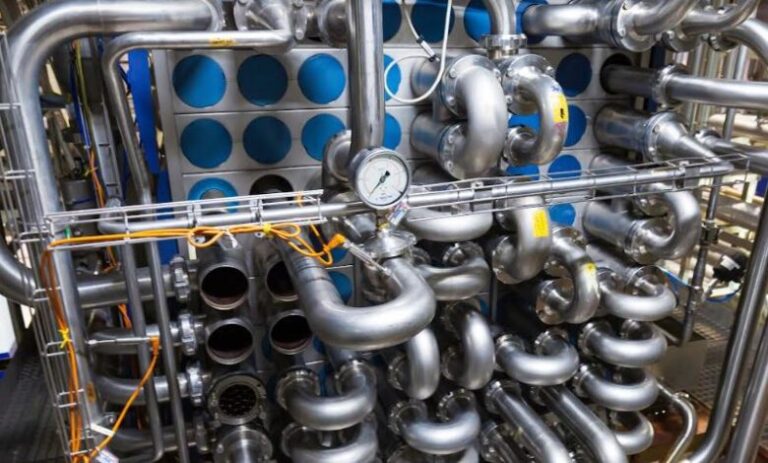TOMRA has installed a first X-Ray Transmission (XRT) sorter at Saloro’s tungsten mine in Barruecopardo, Spain. The sorter, implemented in the beneficiation stage, is consistently delivering a much higher head grade to the processing plant, significantly reducing costs.
Tungsten is an essential industrial metal with unique properties used in the production of hard metals, specialist steels and super alloys, as well as aerospace, electronics and military applications. Its production is concentrated in China, where 80% of the world’s tungsten is mined.
For this reason, it is considered a strategic commodity and is categorized as a “critical raw material” by the EU. The Saloro mine in Barruecopardo is one of the most important in Europe, and one of the few outside China that produces concentrate with high tungsten grade with limited impurities, making it a high-value product in the industry.
Saloro approached TOMRA Mining to explore ways to further improve the head grade to the processing plant: “We were looking for equipment capable of sorting ore with scheelite content in order to remove the non-mineralized product from the feed line,” explains Pedro Jiménez, Plant Manager at the Barruecopardo mine.
TOMRA XRT technology: high-grade feed and cost savings at Barruecopardo
TOMRA proposed its XRT ore sorter, which has the capability to identify fine high atomic dense tungsten inclusions with a detection technology developed in-house. “Our ‘Inclusions Technology’ is a perfect combination of a high-resolution XRT sensor with tailored sorting algorithms,” explains Carolina Vargas, Area Sales Manager Europe, India and Rest of the World at TOMRA Mining. “At the Barruecopardo mine, this technology enables the detection of 1-mm or even smaller tungsten inclusions –This is unique in the market.”
TOMRA conducted test work with its XRT technology on 10-30mm and 30-60mm particle sizes at its Test Center in Wedel, Germany in 2019, which yielded positive results. “We chose TOMRA because of the reliability of the equipment in the tests and the time required to supply it,” adds Pedro Jiménez.
In July 2023, TOMRA installed a COM Tertiary XRT ore sorter in the beneficiation stage. It is fed with raw material in the 8-25mm size range at a rate of around 30 tons per hour. The sorter achieves +90% recovery of scheelite and removes 85 to 90% of host rock prior to downstream processing through gravity concentration, magnetic separation and flotation. By only processing the material with scheelite content, the plant achieves significant cost savings.
The sorter has clearly demonstrated the value of this technology for the Barruecopardo mine. “The tests and the results achieved so far are very positive and favorable. We are convinced that this sorting technology from TOMRA Mining will help Saloro to significantly improve efficiency and production at the plant,” says Pedro Jiménez. In fact, Saloro has decided to purchase additional TOMRA XRT sorters for the mine: “By purchasing more sorters, we aim to further increase the feed grade to the plant, remove material that does not contain scheelite.”
TOMRA’s hallmark collaborative approach stands out
TOMRA Mining has developed a solid reputation for its collaborative approach to helping mining operations add value to their mines. This project was no exception, and Pedro Jiménez has found that TOMRA stood out for “its involvement with Saloro. Communication with members of their team is very fluid and fast. Their willingness to solve the problems that have arisen has been very effective. From the very beginning, they have kept a close eye on the status of the project and monitored its progress on an almost daily basis.”
TOMRA Mining
TOMRA Mining designs and manufactures sorting technologies for the global mineral processing and mining industries. The company’s solutions aim to transform how natural resources are processed to maximize recovery and minimize our ecological footprint.
As the global market leader in sensor-based ore sorting, TOMRA Mining is responsible for developing and engineering intelligent technology to deliver resource efficiency and reshape the industry for the better.


